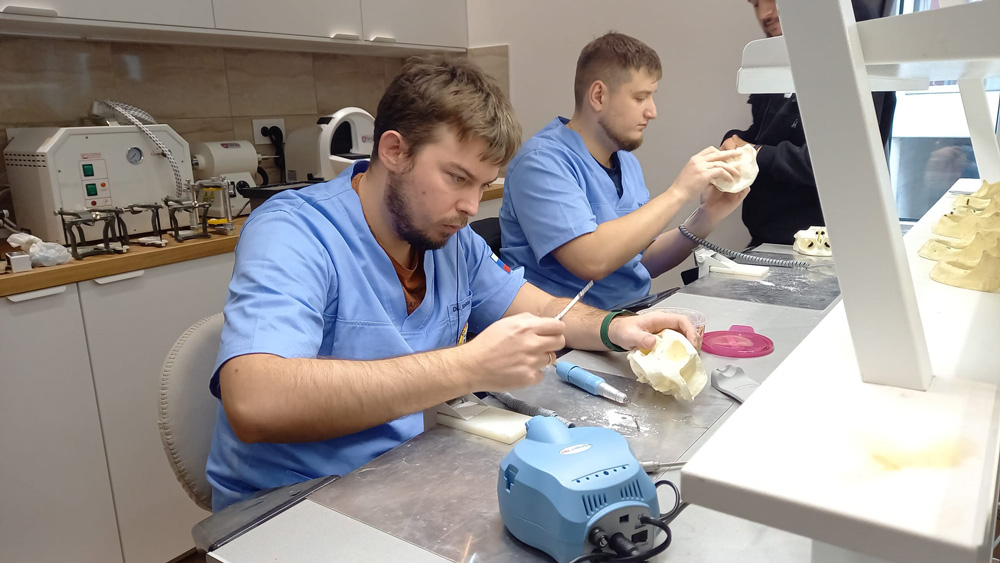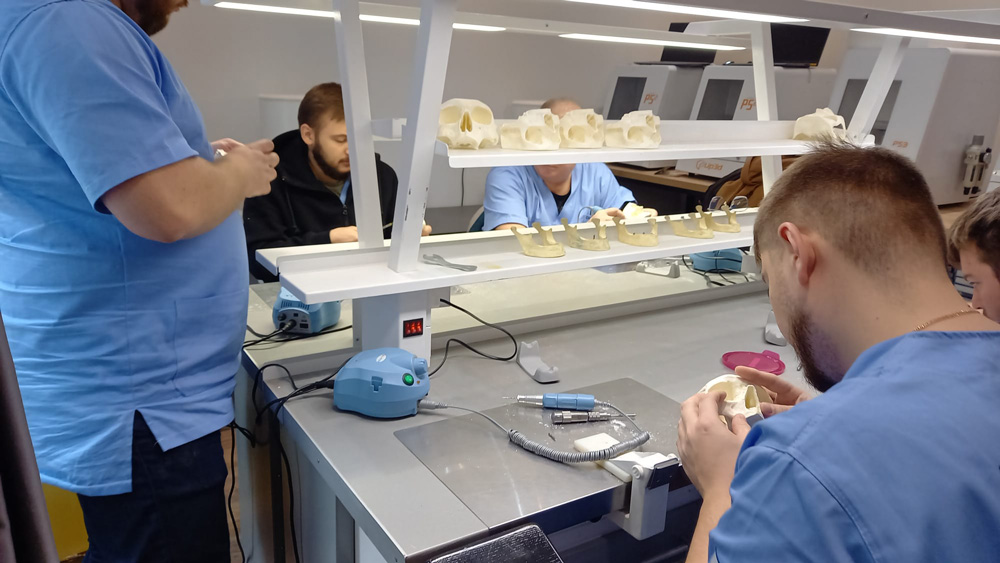Osseointegration: A Good Solution Became a Big Problem
Modern oral implants have been placed since 1954 (Linkow, USA). Various designs were used and the predominant material was titanium or titanium alloy. Every piece of titanium can serve as an implant, since this material provides an oxygen passivation layer and it does not react with body cells like other materials (e.g. iron) do. Since 1954 until the end of the last century, millions of implants were placed successfully and typically in an immediate loading procedure. The common property of all designs was: the implants were polished/machined. Rough surfaces were not used at that time, just as they are not used until today in traumatology or orthopedic surgery. At that time, implants were either cortically anchored or at least supported by a cortical, i.e. the implant practitioner was choosing such a support and he chose the implant according to the dimensions of the bone.
At the end of the 1980s, P.I. Bronemark showed in an animal experiment that living bone can grow in a congruent manner towards titanium surfaces. This had been observed by implant practitioners already many years ago. Before Bronemark, the late German Professor Karl Donath (Hamburg) hat already called this type of close contact between implant and bone «extra-territorialisation», and he stated that the same reason that leads to a cortical around cysts in bone is at work when implants are incorporated into bone, in fact, they are not incorporated at all, but the bone “extra-territorializes” them. That is what we can observe.
After Bronemark had shown his results, the term “osseointegration" was born, but this term did not describe the true reason for the “growth of the bone towards the implant surface”, the term “extra-territorialisation” was by far more descriptive. Nevertheless, the term “osseointegration" was born and marketed by large implant manufacturers. Due to their marketing activities, the term became popular and soon the same companies started to falsify the meaning and to fool the oral implant profession.
What they did was the following:
- They started to claim that rough endosseous implant surfaces provide better stability and more bone-to-implant contact, and at the same time, they claimed that more BIC was necessary.
- After the rough surfaces appeared in the market (and all old, polished/machined implants were wiped off the market), a point of no return was reached soon. The highly proven machined surfaces were not available any more.
- In connection with the new surfaces, the manufacturers claimed that “healing time” is necessary, and they stated that this period is about 3 months in the lower jaw, and 6 months in the upper jaw. Unfortunately, the practitioners followed this trend – anyway the old implants were not available.
- At the same time the big manufacturers claimed that the success rates will be higher, compared to the old implants. This was never proven scientifically until today. Looking at the superior success rate of Corticobasal® implants, we can state today that actually the opposite is true.
- Implants were manufactured in a few standard diameters and lengths, which made production cheaper for the manufacturers, but often these implants did not allow cortical anchorage or cortical support: they were regularly too short.






